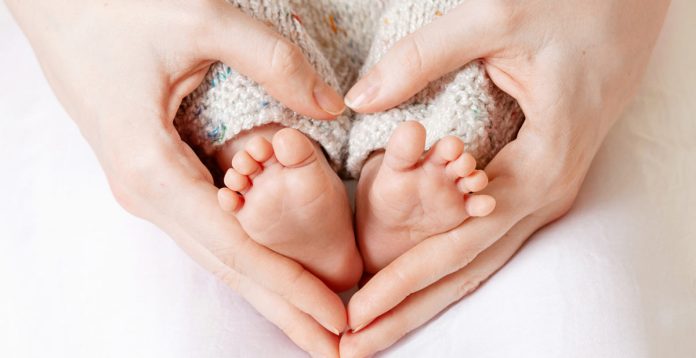- At the best of times, the Indian healthcare infrastructure would count not amongst the leading countries but ranked somewhere down the line making us feel embarrassed on this front. Remember, the Indian establishment sells the dream of being counted amongst the best of the lot – no questions here as the entire countrymen would wish so – but the efforts to spruce up the inadequate infrastructure seem too little given the demographic challenges of the nation. The pandemic did lay bare our inadequacy and it is sheer providence that the country could sail through challenging times with lesser than anticipated damages. And one of the most ticklish challenges bogging the healthcare authorities is the infant mortality rate (IMR).

PC: Pediatrics
- Let’s delve into this. As newspaper reports suggest, it has taken too long but the female infant mortality rate has finally drawn level with male IMR, helping India escape the ignominy of being the only large country with this dubious statistic. Higher female IMR was a dead giveaway of evils like female infanticide largely driven by the patriarchal mindset preferring male progenies over females. Nevertheless, levelling of female and male IMR in the national average suggests a definitive trend. In 2011, this was the case only in Uttarakhand. A state like Haryana where Beti Bachao Beti Padhao was launched has flipped from a high male-female IMR of 41:48 in 2011 to 29:27 now. Needless to mention, this is some gain that needs to be further strengthened.
- Further, India’s IMR has fallen slowly from 44 per 1,000 live births in 2011 to 33 in 2017 and 28 in 2020. To meet UN Sustainable Development Goals (SDGs), India has to reduce under-five child mortality to 25 (per 1,000), neonatal mortality to 12 (per 1,000), and maternal mortality rate to 70 (per lakh five births) by 2030. India’s latest corresponding figures are 32, 20, and 103. Some states have bettered SDGs and official statements suggest confidence that India will achieve these SDG benchmarks. Worryingly, what national averages still disguise are backward states failing short. Madhya Pradesh, Chhattisgarh, Uttar Pradesh, and Assam have MMR over 150 while Kerala and Maharashtra have fallen below 50.

PC: The Editorial Board
- This being the case, a two-pronged focus on public health institutions and nutrition mustn’t waver. The percentage of live births in hospitals shot up from 35% in 2006 to 67% in 2011 to 82% in 2020. Similarly, the percentage of deaths with medical attention received at hospitals has risen from 28% in 2006 to 34% in 2011 and 49% in 2020. These gains need further expansion. But anaemia among children and women has spiked since 2015-16 suggesting that backsliding is equally possible. Thankfully, economic growth has boosted spending in social sectors. Combined government expenditure on health had increased from Rs 2.73 lakh crore in 2019-20 to Rs 4.72 lakh crore in 2021-22, a 73% increase. Thus, every part of India meeting SDGs would be a really big achievement. Not impossible provided all stakeholders earnestly press ahead with the same.






